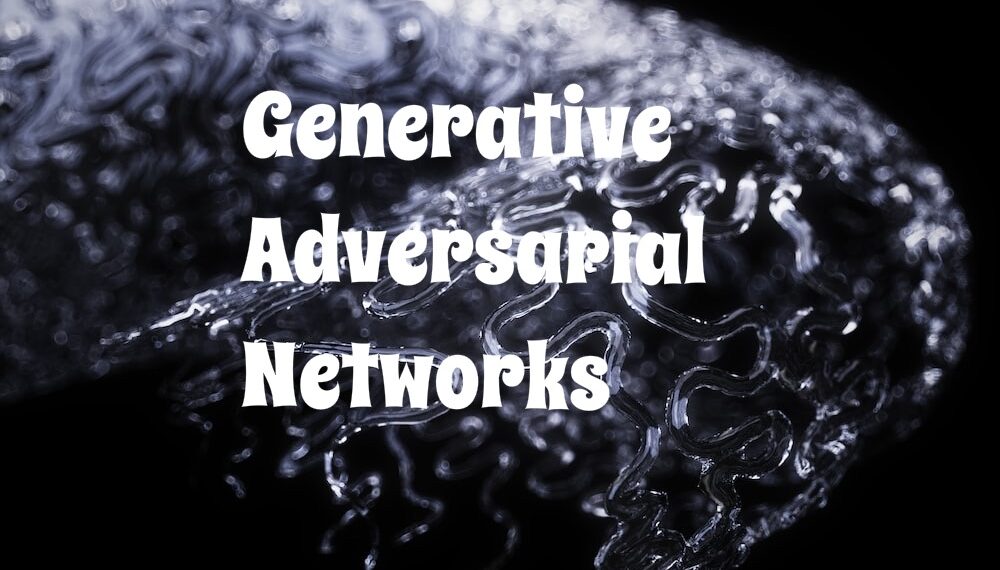In the realm of technological advancements, few innovations have captured the imagination and unleashed artistic innovation quite like Generative Adversarial Networks (GANs).
GANs are a type of deep learning architecture that pits two neural networks against each other, resulting in the generation of new and unique content.
This type of technology is an implicit likelihood model that generates data samples from the statistical distribution of the data and is used to copy variations within the dataset, utilising a combination of two networks — generator and discriminator.
GANs offer unprecedented possibilities for creators to push the boundaries of their imagination and explore uncharted artistic realms.
Here’s a collection of valuable tips and tricks that will empower you to harness the creative potential of GANs and embark on an extraordinary artistic journey.
1. Tip 1: Understand the Foundations of GANs:
- Start by building a solid understanding of the underlying concepts and architecture of GANs, including the generator and discriminator networks.
- Familiarize yourself with the core principles of adversarial training and how these networks learn from each other.
2. Tip 2: Choose the Right GAN Framework:
- Explore different GAN frameworks such as TensorFlow, PyTorch, or Keras, and select the one that aligns with your needs and skill level.
- Consider factors like ease of use, community support, and compatibility with your artistic objectives.
3. Tip 3: Prepare High-Quality Datasets:
- Invest time in sourcing and preparing high-quality datasets that fuel your creative vision.
- Apply data cleaning techniques, handle missing values, and consider data augmentation strategies to enhance diversity.
4. Tip 4: Optimize Training Strategies:
- Experiment with different training techniques to achieve optimal GAN performance.
- Explore approaches like progressive training, mini-batch discrimination, and curriculum learning to ensure stable convergence.
5. Tip 5: Architectural Exploration:
- Dive into architectural variations of GANs such as DCGAN, CycleGAN, or StyleGAN to achieve different artistic outcomes.
- Understand the unique characteristics of each architecture and experiment with them to align with your creative objectives.
6. Tip 6: Embrace Transfer Learning:
- Leverage the power of transfer learning to expedite the training process and achieve impressive results with limited resources.
- Explore pre-trained GAN models or use pre-trained networks as the starting point for your artistic endeavors.
7. Tip 7: Foster Creative Constraints:
- Incorporate specific constraints and guidelines to guide the GAN’s learning process and infuse your artistic expertise.
- Experiment with latent space manipulation, input conditioning, or fine-tuning techniques to achieve desired artistic expressions.
8. Tip 8: Iterative Refinement and Feedback:
- Embrace the iterative nature of GAN development and continuously refine your artistic outputs.
- Solicit feedback from peers, engage in real-time interactions, and iterate on the GAN’s training to achieve artistic growth.
With these invaluable tips and tricks at your disposal, you’re now equipped to unlock the full creative potential of GANs. Embrace the limitless possibilities of generating captivating artwork, producing mesmerizing music, or crafting immersive virtual experiences.
GANs are a realm of ongoing exploration and experimentation, so continue to push the boundaries, refine your techniques, and let your artistic visions soar. As you embark on this artistic journey, may these tips empower you to create groundbreaking and awe-inspiring works of art, forever changing the landscape of creativity.






